Blogs
Short topics related to Dell EMC AppSync.

What’s new with the Dell AppSync 4.6 release?
Wed, 22 Mar 2023 21:21:49 -0000
|Read Time: 0 minutes
AppSync Overview
Dell AppSync is a software package that can simplify and automate the process of generating and consuming copies of production data. At a high level, AppSync can perform end-to-end operations such as quiescing the database, snapping the volumes, and mounting and recovering the database. For many end users, these manual operations can be complex without AppSync, because of different applications and storage platforms.
AppSync provides a single pane of glass, and its workflows work the same, regardless of the underlying array or application being protected. AppSync natively supports Oracle, Microsoft SQL Server, Microsoft Exchange, SAP HANA, VMware, Kubernetes, and file systems from various operating systems. The product also provides an extensible framework through plug-in scripts and REST API to deliver a copy data management solution for custom applications.
What’s new with the Dell AppSync 4.6 release?
The new version of AppSync, 4.6, was released on 03-22-2023. In this blog, we will go over some of the enhancements. This release brings many improvements to the application integration. SAP HANA now has PowerMax Scale out support. The Rancher distribution, PowerStore platform, and Microsoft SQL Server 2022 database are now supported with AppSync Kubernetes use cases. This release of AppSync also supports the newly released VMware 8.x and increases the SCSI controller limit. The Oracle database discovery process has also been improved, and Microsoft SQL Server 2022 use cases are supported for existing SQL service plans.
The SAP HANA scale-out architecture has two types. Shared NFS/File only and non-shared (shared folder on NFS file and data + log) on block iSCSI storage. AppSync 4.6 supports implementing this scale-out configuration on PowerMax 10.0+ storage with the file side implemented by SDNAS. Check out the screenshots below showing AppSync discovering the PowerMax NAS Servers and allowing users to choose the preferred NAS interface for the mount.
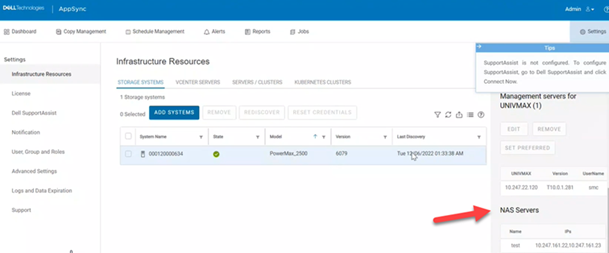 Figure 1 – PowerMax SDNAS support
Figure 1 – PowerMax SDNAS support
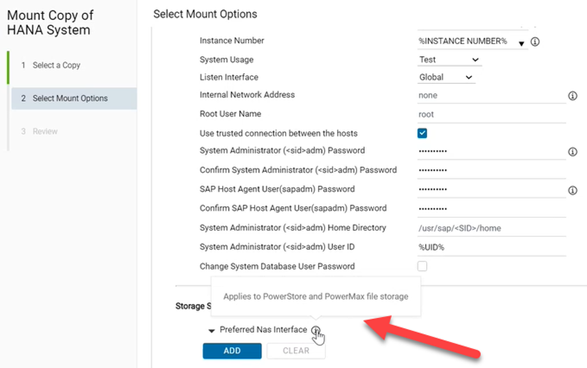 Figure 2 – Preferred NAS interface
Figure 2 – Preferred NAS interface
 Figure 3 – NAS interface options
Figure 3 – NAS interface options
This AppSync 4.6 release allows customers to run AppSync Kubernetes use cases and workflows on PowerStore storage. Previous Kubernetes support with AppSync included support for SLES and Red Hat on bare metal and the Red Hat Openshift container platform, but with this new release of AppSync, we also support the SUSE Rancher distribution. Support for the Microsoft SQL 2022 database has also been added for Kubernetes use cases. Check out the screenshot below showing the new RKE or Rancher Kubernetes Engine cluster type.
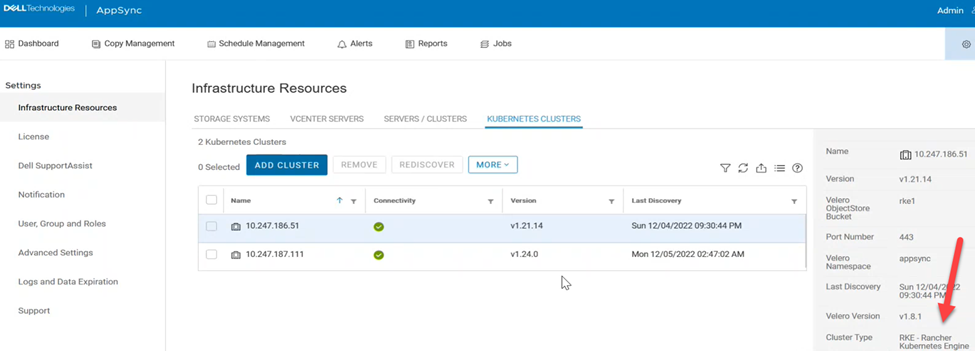 Figure 4 – Rancher Kubernetes Engine support
Figure 4 – Rancher Kubernetes Engine support
This release of AppSync also supports VMware 8.x and increases the SCSI controller limit. AppSync now supports 64 disks per VMware paravirtual SCSI controller.
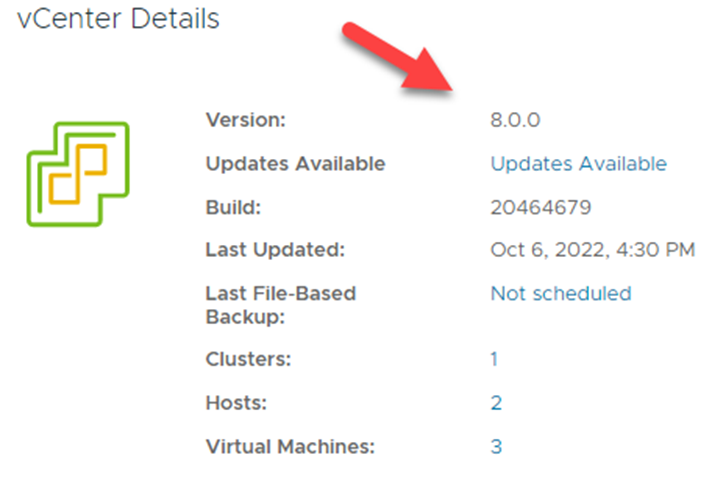 Figure5 – VMware 8.x support
Figure5 – VMware 8.x support
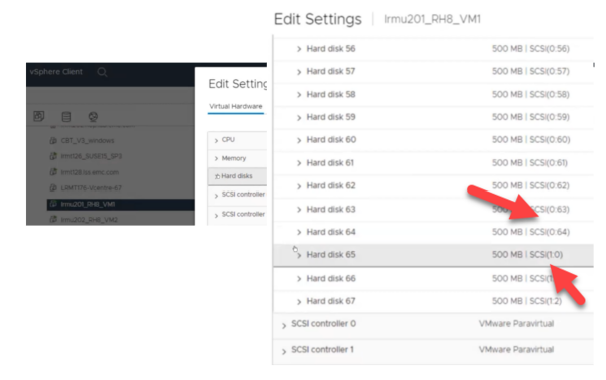 Figure 6 – Increased SCSI Controller limit
Figure 6 – Increased SCSI Controller limit
The AppSync Oracle database discovery process has also been improved with the 4.6 release. Oracle discovery can now be done using the PMON process and does not require an entry in the /etc/oratab file. This streamlined process involves AppSync checking every Oracle PMON process running on a given host to derive the corresponding SID and database name.
To improve the total customer experience, AppSync has added the ability for users to use and schedule maintenance mode. This allows users to suspend all scheduled jobs to perform maintenance activities as needed. Users can then perform whatever tasks they need to accomplish and not encounter any failed AppSync jobs or false alerts. They can also easily see which hosts are in maintenance mode and which are not. Alerts are also raised when hosts are put in and removed from maintenance mode. Check out the screenshots below showcasing the new exciting maintenance mode feature.
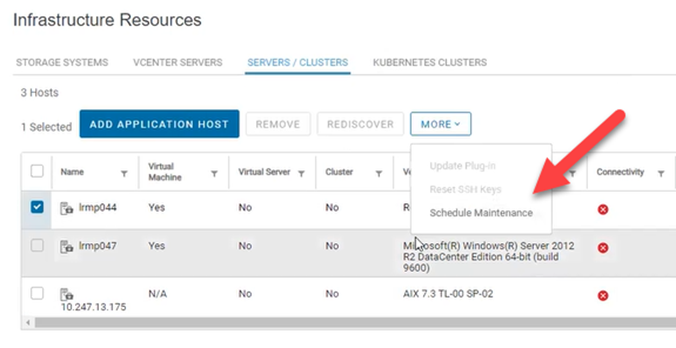 Figure 7 – Maintenance Mode
Figure 7 – Maintenance Mode
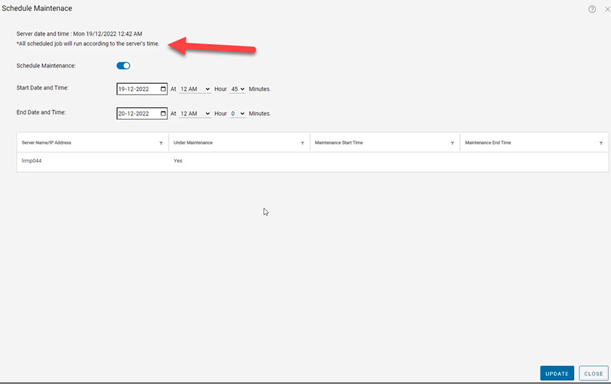 Figure 8 – Schedule Maintenance
Figure 8 – Schedule Maintenance
 Figure 9 – Maintenance Toggle
Figure 9 – Maintenance Toggle
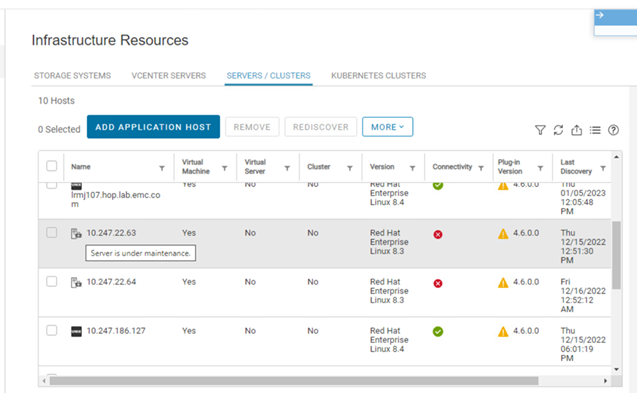 Figure 10 – Maintenance Status
Figure 10 – Maintenance Status
Conclusion
I have outlined some of the Dell AppSync 4.6 release features. For more information, check out these resources:
- Dell Technologies Main Info Hub
- Dell Technologies AppSync Info Hub
- AppSync 90-day Trial Download
- Dell Technologies PowerStore Info Hub
- Dell Technologies PowerMax Info Hub
Author: Andrew Sirpis
Linkedin - https://www.linkedin.com/in/andrew-sirpis-2091162/

What’s new with the Dell AppSync 4.5 release?
Fri, 02 Sep 2022 14:39:25 -0000
|Read Time: 0 minutes
AppSync overview
Dell AppSync is a software package that simplifies and automates the process of generating and consuming copies of production data. At a high level, AppSync can perform end-to-end operations such as quiescing the database, snapping the volumes, and mounting and recovering the database. For many end users, these manual operations can be difficult without AppSync, because of different applications and storage platforms.
AppSync provides a single pane of glass, and its workflows are the same regardless of the underlying array or application being protected. AppSync natively supports Oracle, Microsoft SQL Server, Microsoft Exchange, SAP HANA, VMware, Kubernetes (4.5), and file systems from various operating systems. The product also provides an extensible framework through plug-in scripts and REST API to deliver a copy data management solution for custom applications.
AppSync 4.5 was released on August 30, 2022.
What’s new?
One major new application feature is protection and repurposing support for containerized applications in Linux. This allows AppSync to protect and recover applications running in bare-metal Kubernetes and Red Hat OpenShift containerized environments. The release brings built-in application templates for stand-alone configuration of Microsoft SQL, MySQL, MongoDB, Cassandra, and PostgreSQL. These application templates allow AppSync to create application-consistent copies for applications running on pods inside the namespace. Customized templates can also be created to support any other configurations or databases. You can see from the following screenshots just how easy it is to add a Kubernetes cluster to AppSync and utilize the built-in application templates.
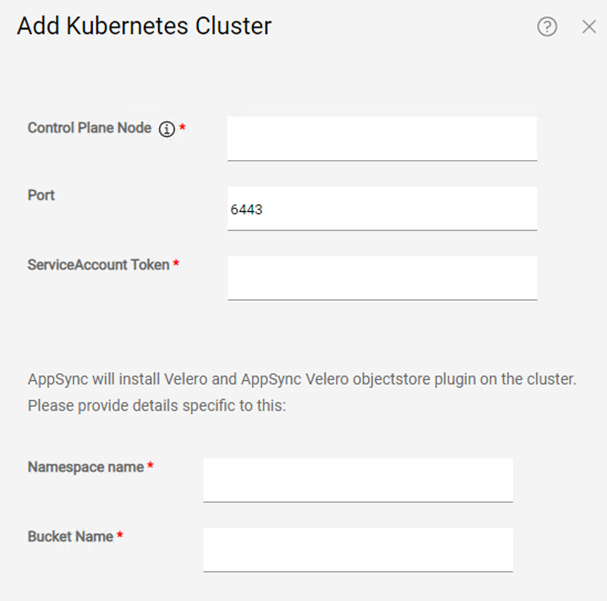
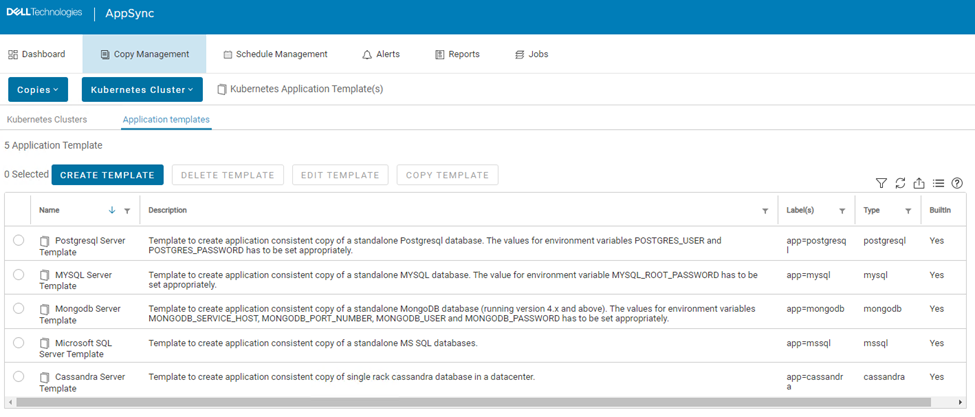
This AppSync release also supports the use of Microsoft SQL Server databases with the use of a Microsoft group Managed Service Account (gMSA). A gMSA is a Managed Service Account (MSA) for multiple servers. Through gMSA, Windows can manage a service account for services running on a group of servers. Microsoft Active Directory can also automatically update the gMSA password without restarting services, which is a great convenience for users. Using a gMSA with SQL Server allows the user to control all the SQL-related services on multiple servers by using just one account. In many cases, this single account makes management easier for administrators, and it gives users options for how they can configure SQL to meet their needs and the best practices of their solutions.
AppSync 4.5 supports all existing AppSync use cases for PowerFlex with the August 2022 release of the PowerFlex 4.0 code. Check out the PowerFlex Info Hub., which has a lot of collateral relating to the 4.0 release.
AppSync 4.5 enhances the support of Dell’s premier mid-range storage appliance, PowerStore, with additional file use cases. Users can now protect VMware NFS datastores and Linux file systems created on virtual disks of those datastores. This gives users more flexibility for different business use cases and information life cycle management.
The AppSync 4.5 release also enhances the support of the Dell PowerMax storage line. Unisphere for PowerMax and PowerMaxOS version 10.x and later (check AppSync support matrix) is now supported with AppSync 4.5 and the previous 4.4.1 release. Enhanced file support is also added to this release. Oracle standalone and RAC databases can now be hosted on NFS file systems. This includes support for both Linux and AIX operating systems. UNIX applications residing on virtual disks carved out of NFS datastores are now also supported. The local repurpose workflow is supported for Oracle, SAP HANA, and file systems. AppSync now has expanded NVMe device support on Linux virtual machines, allowing it to support datastores on NVMe devices and applications residing on vDisks carved from a datastore. AppSync 4.5 also supports the restoration of Linux virtual machines on datastores created on NVMe devices.
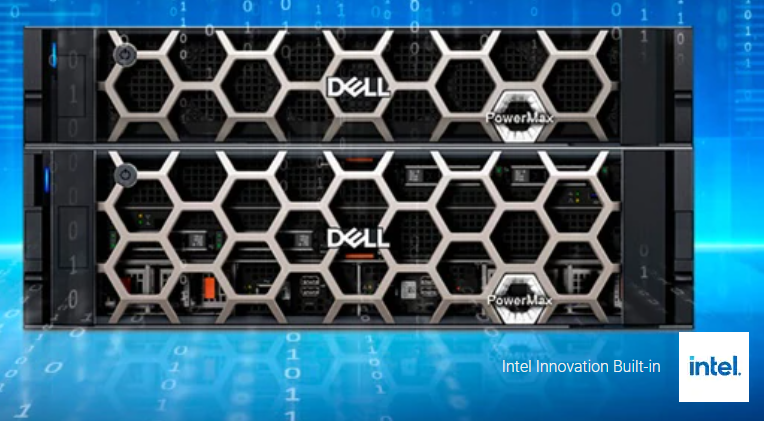
AppSync 4.5 now allows users to provide direct feedback on the product within the AppSync UI. The user can enter text and upload a file if desired. This information is sent automatically to Dell so it can be reviewed by Product Management and other company stakeholders to improve the total customer experience. The following screenshots show the new Send Feedback option in the AppSync UI help menu.
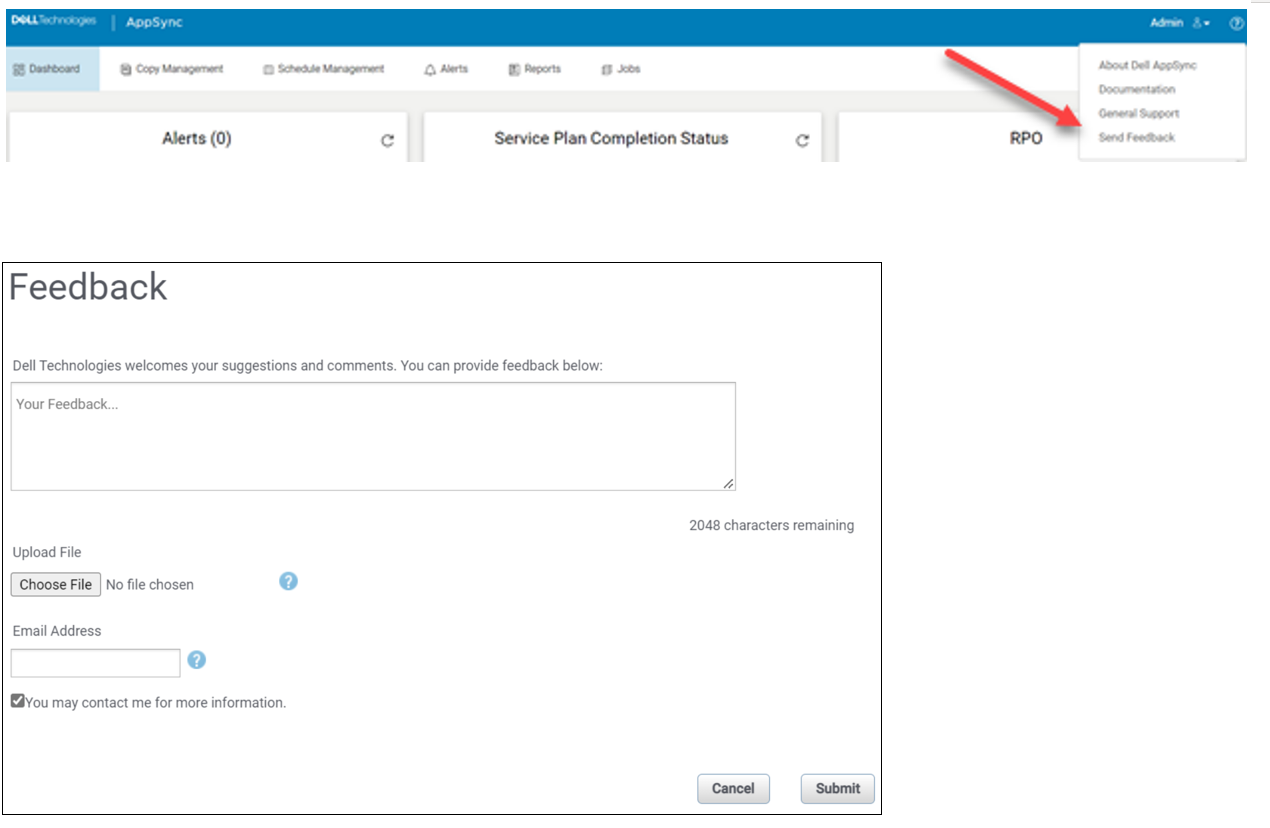
Conclusion
I’ve outlined just a few of the features in the Dell AppSync 4.5 release. For more information, check out these resources:
- Dell Technologies Info Hub
- Dell AppSync Info Hub
- AppSync 90-day trial download
- Dell PowerFlex Info Hub
- Dell PowerStore Info Hub
- Dell PowerMax Info Hub
- AppSync 4.5 Release Notes (requires login)
- AppSync Product Support (requires login)
Author: Andrew Sirpis

What’s new with Dell EMC AppSync Copy Management Software and PowerStore
Fri, 02 Sep 2022 13:54:20 -0000
|Read Time: 0 minutes
For those who don’t already know, Dell EMC AppSync is a software package that can simplify and automate the process of generating and consuming copies of production data. At a high-level, AppSync can perform end to end operations such as quiescing the database, snapping the volumes, and mounting and recovering the database. For many end users, these operations can be difficult without AppSync, because of different applications and storage platforms.
AppSync provides a single pane of glass and its workflows work the same, regardless of the underlying array or application. AppSync natively supports Oracle, Microsoft SQL Server, Microsoft Exchange, SAP HANA, VMware, and filesystems from various operating systems. The product also provides an extensible framework through plug-in scripts to deliver a copy data management solution for custom applications.
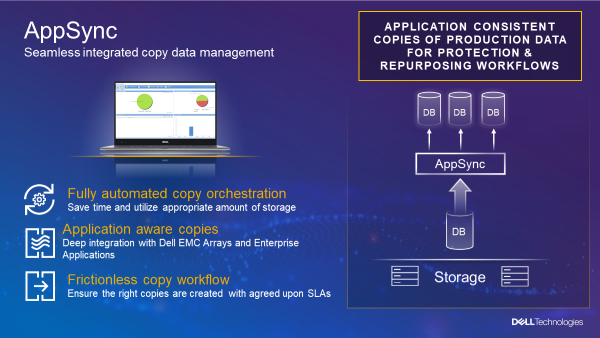
Customers use AppSync for repurposing data, operational recovery, and backup acceleration.
There are two primary workflows for AppSync:
- Protection workflows allow customers to schedule copy creation and expiration to meet service level objectives of operational recovery or backup acceleration.
- Repurposing workflows allow customers to schedule the creation and refresh of multi-generation copies.
Both workflows offer automated mount and recovery of the copy data.
AppSync is available as a 90-day full featured trial download, and provides two licensing options:
- The AppSync Basic license ships with all PowerStore systems.
- The AppSync Advanced license is fully featured and available for purchase with all Dell EMC primary arrays.
For supported configurations, see the AppSync support matrix. (You’ll need to create a Dell EMC account profile if you do not already have one.)
The latest version, AppSync 4.3 – released on July 13th, 2021 – contains many new features and enhancements, but in this blog I want to focus on the PowerStore system support and functionality. AppSync has supported PowerStore since version 4.1. Because PowerStore supports both licensing models mentioned above, testing it and implementing it into production is simple.
AppSync supports the discovery of both the PowerStore T and PowerStore X model hardware and multi-appliance clusters. The new PowerStore 500 is also supported: a low cost, entry level PowerStore system that can support up to 25 NVMe drives. Clustering the 500 model with other PowerStore 1000-9000 models is fully supported. For more details, check out the PowerStore 500 product page and the PowerStore Info Hub.
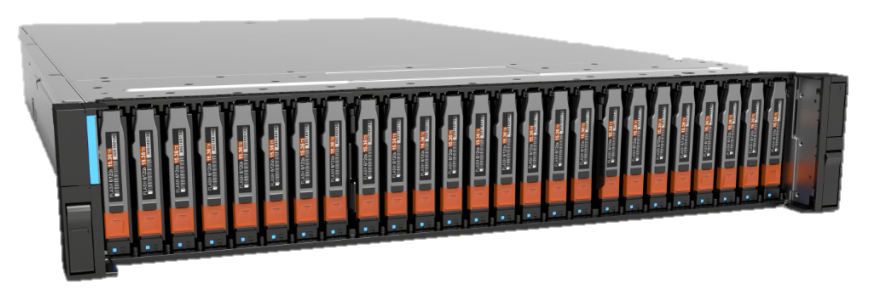
PowerStore 500
PowerStore can use both local and remote AppSync workflows: Protection and Repurposing. Production restore is supported for both local and remote. AppSync uses the PowerStore Snapshot and Thin Clone technologies embedded in the appliance, so copies are created instantly and efficiently. It also leverages PowerStore async native replication for remote copy management. (When replicating between two PowerStore systems, source to target, you can only have one target system.) The figure below shows how a PowerStore array is discovered in AppSync.
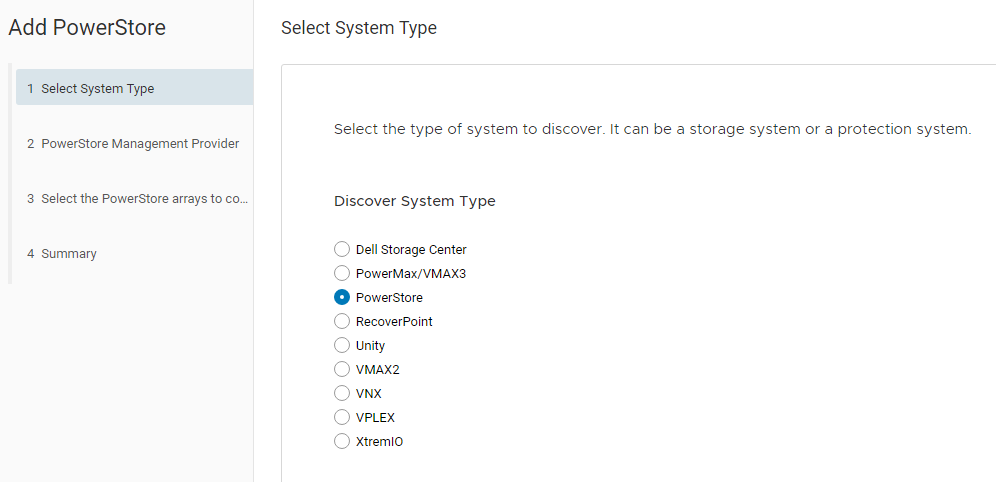
We have more sources of information about integrating AppSync and PowerStore. Here are some to get you started:
- Dell EMC PowerStore and AppSync Integration – This video shows how AppSync can automatically create remote application consistent copies on PowerStore for Microsoft SQL Server. (The configuration includes a PowerStore X model appliance at the source site, running AppSync and SQL Server virtual machines using PowerStore AppsON functionality. The remote site uses a PowerStore T model as the replication destination site.)
- Dell EMC PowerStore: AppSync – This white paper provides guidelines for integrating the two for copy management.
You can also find other AppSync related documents on the Dell Info Hub AppSync section.
We hope you have a great experience using these products together!
Author: Andrew Sirpis LinkedIn
